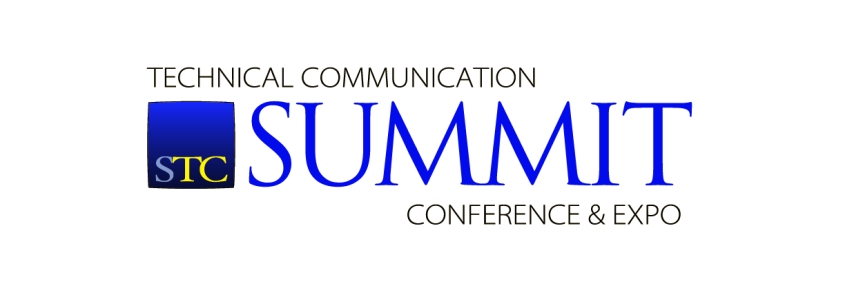This article is going out a little later than I'd hoped, but better late than never, and I wanted to get this out while stuff was still fresh in my mind. After taking some time to recover, I've returned home from my first STC Summit! I've wanted to attend this event for some time, and … Continue reading My first #STCSummit: the debrief #STC23 #TechComm
Category: UX/UI
User testing is important — for documentation
Any application developer will (and should) tell you how important end user testing is for their product development. It's an important part of the development lifecycle. Developers need to know if their applications actually work, if they work the way they're intended, and if their interfaces can actually be used. Without user testing, developers put … Continue reading User testing is important — for documentation
When information is overlooked
I went grocery shopping the other day. I picked up what I thought were two identical bottles of salad dressing (in the photo above). I remember thinking how strange it was that they put the same bottles of salad dressing in two different spots on the shelf. Nevertheless, I took one from each side and … Continue reading When information is overlooked
When information is removed (or, Never Assume It’s Obvious, Part 2)
I have an app for my local convenience store that I use to purchase various items, including, among other things, gasoline. On my way home this afternoon, I decided I needed to put gas in my car and stopped at the store to do so. To use my app to buy gas, I need to … Continue reading When information is removed (or, Never Assume It’s Obvious, Part 2)
Never assume it’s obvious
When I was in college, I remember a professor who seemed fond of saying "it's intuitively obvious." I don't remember a lot from that professor (other than that he was a good professor and a good man), but I vaguely remember my classmates making fun of that line, partially because he used it often, and … Continue reading Never assume it’s obvious
It’s not them, it’s you #Documentation #ClearCommunication
A friend of mine (you know who you are) posted this to his Facebook this morning. Ostensibly, it's in response to the growing controversy about the New York State governor (I won't go there; that's not what this is about, and I still despise politics), but my friend's post was so compelling that I thought … Continue reading It’s not them, it’s you #Documentation #ClearCommunication
Heading graphics: it’s not just about good looks
I've been building Confluence pages as my initial projects for my (still-relatively) new employer. I've been building landing pages, coming up with designs and layouts as I go along. For a couple of these pages, I wanted to come up with graphics -- not just to be aesthetically pleasing, but also to give each page … Continue reading Heading graphics: it’s not just about good looks
What a TV ballgame can teach us about design
This afternoon, the 2021 slate of spring training games started for Major League Baseball. And of course, being the big baseball fan that I am, I took to it like a lion to a steak. I wasn't thinking too much about design or layout until I heard Michael Kay of YES mention, "I think our … Continue reading What a TV ballgame can teach us about design
Fixing the worst online job application
Earlier, I wrote about what may be one of the worst online job applications I've ever experienced (I'd suggest reading that article first; otherwise, this one might not make sense). It got me thinking: what if I had an opportunity to fix this horror show of an experience? Here's what I would do. My first … Continue reading Fixing the worst online job application
The worst online job application #JobHunt
In my job hunt experience, I might have come across what may be the worst online job application I've ever experienced -- so bad that I felt a need to write about it. I will not identify the institution, other than it is a well-known institution in the Albany Capital District. Maybe if a representative … Continue reading The worst online job application #JobHunt


